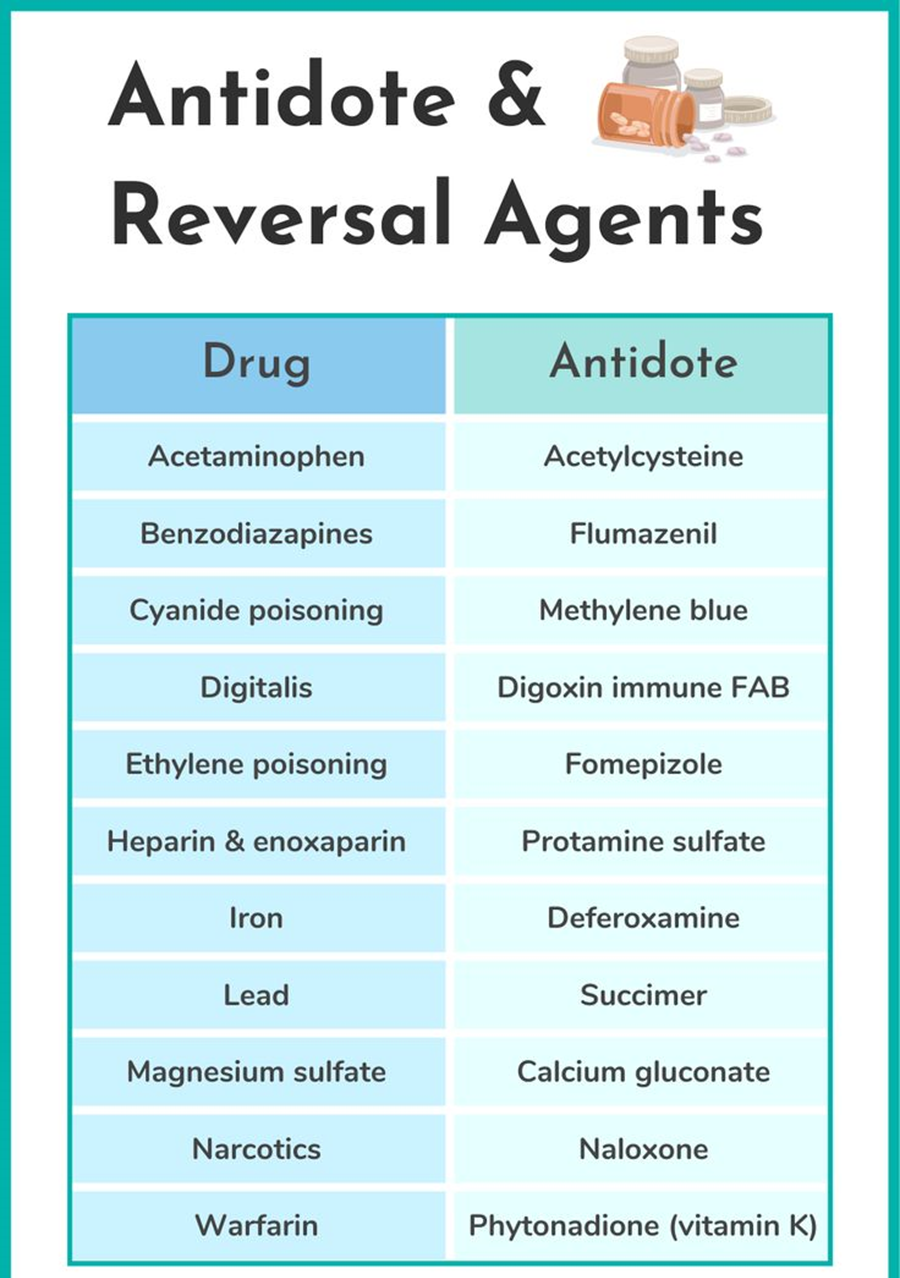A patient with a history of atrial fibrillation has contacted the clinic saying that she has accidentally overdosed on her prescribed warfarin (Coumadin). The nurse should recognize the possible need for what antidote?
Factor VIII
Vitamin K
IVIG
Factor X
The Correct Answer is B
A. Factor VIII: Factor VIII is a component of the clotting cascade, but it is not the antidote for warfarin. Factor VIII is used in the treatment of hemophilia A.
B. Vitamin K: This is the correct answer. Vitamin K is the antidote for warfarin overdose. It helps in the synthesis of clotting factors.
C. IVIG (Intravenous Immunoglobulin): IVIG is not an antidote for warfarin. It is used for various immune-related conditions.
D. Factor X: Factor X is also a clotting factor, but it is not the antidote for warfarin. Factor Xa inhibitors are used as anticoagulants.

Nursing Test Bank
Naxlex Comprehensive Predictor Exams
Related Questions
Correct Answer is ["B","C","D","E"]
Explanation
A. Administer antibiotics
Administering antibiotics is not a direct intervention for preventing atelectasis. Antibiotics are typically prescribed to treat bacterial infections, and atelectasis is more related to lung collapse or incomplete lung expansion.
B. Encourage increased oral fluid intake
Adequate hydration is important for maintaining the moisture of respiratory secretions. This helps prevent mucus from becoming thick and sticky, making it easier for the patient to cough and clear the airways.
C. Early mobilization after surgery
Early mobilization, including activities such as getting out of bed and walking, helps improve lung expansion. It promotes better ventilation and prevents areas of the lungs from collapsing, reducing the risk of atelectasis.
D. Frequent turning of the patient
Turning the patient regularly is crucial for preventing pooling of respiratory secretions in dependent areas of the lungs. By changing the patient's position, nurses can facilitate drainage and ventilation throughout the lungs, minimizing the risk of atelectasis.
E. Use of incentive spirometry
Incentive spirometry is a breathing exercise device that encourages the patient to take slow, deep breaths. This helps expand the lungs and prevents atelectasis by maintaining lung volume and promoting alveolar recruitment.
Correct Answer is B
Explanation
A. “I will have canned chicken noodle soup with crackers and an apple for lunch.”
This option may not be the best choice for a low-sodium diet. Canned soups often contain high levels of sodium.
B. “I will have a tossed salad with cheese and croutons for lunch.”
This option is a better choice, as salads with fresh vegetables can be lower in sodium compared to other options.
C. “I will have a ham and cheese sandwich for lunch.”
Ham and cheese are generally high in sodium, so this would not be a suitable choice for a low-sodium diet.
D. “I will have a baked potato with broiled chicken for dinner.”
This option seems to be a good choice. Baked potato and broiled chicken can be part of a low-sodium meal.
Whether you are a student looking to ace your exams or a practicing nurse seeking to enhance your expertise , our nursing education contents will empower you with the confidence and competence to make a difference in the lives of patients and become a respected leader in the healthcare field.
Visit Naxlex, invest in your future and unlock endless possibilities with our unparalleled nursing education contents today
Report Wrong Answer on the Current Question
Do you disagree with the answer? If yes, what is your expected answer? Explain.
Kindly be descriptive with the issue you are facing.
